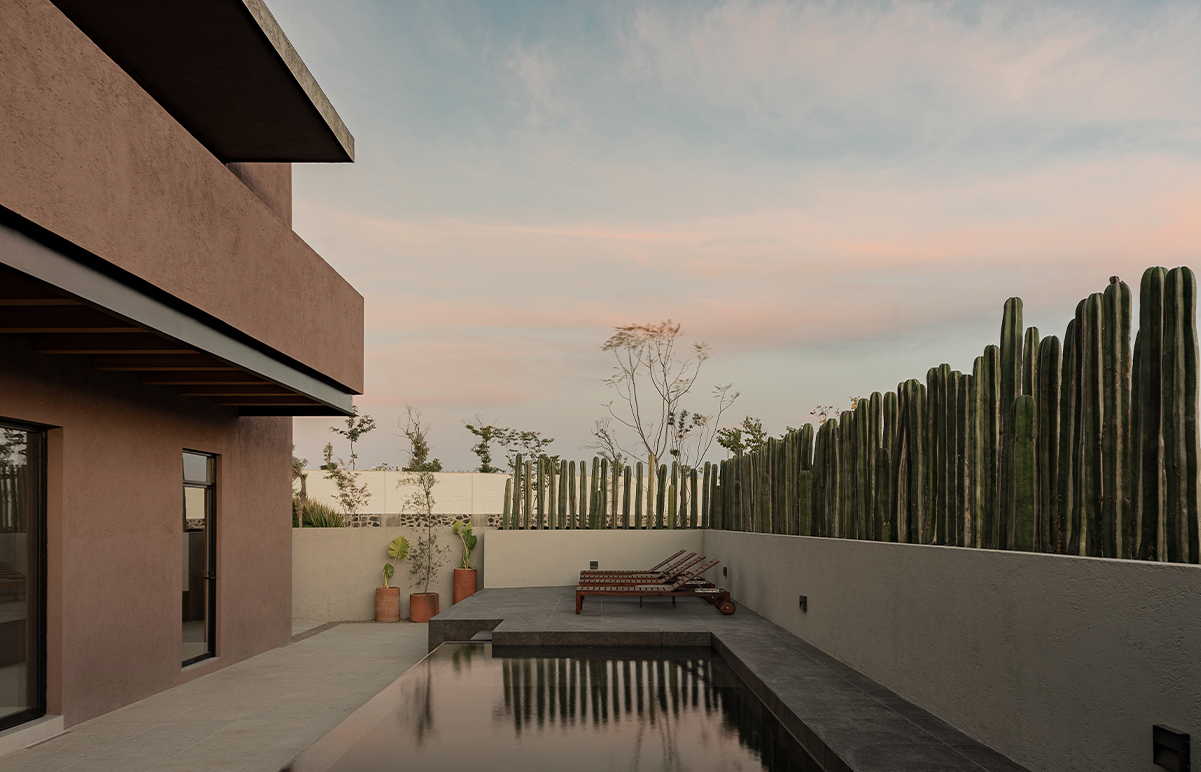
The Good Cycle Building is a structure in a Cycle, designed to utilise and modify the existing Building framework to increase access to natural light and wind, and to use as much natural materials as possible, such as land and wood, so that Building users can participate in construction and maintenance. The project is a locally located project by Japanese architecture studio Nori Architects and Asanuma Corporation.
On the workspace floors, the existing windows are set back, the opening and closing forms of the windows are changed, eaves are added, and the core is planned to ensure sufficient daylight and ventilation in all office areas and to control solar radiation appropriately. On the first and second floors, slabs were removed in the east-west direction to create a stairwell, and a stairwell with top lights was added to create an open and bright entrance and lounge even in a dark environment surrounded by buildings. On the seventh and eighth floors, where the surrounding area is open, the slab in the center of the south side is removed to create a conference room and hall where the light from the sky can be fully enjoyed.
A variety of soil materials were used for the floors, walls, ceilings, and furniture inside and outside the building. By involving the users plastering the wall with soil, became familiar with the mechanism and became attached to it, and were able to perform maintenance themselves. In addition, The studio was decided that the finishing method would be possible only if many amateurs, not craftsmen, participated in the process, such as making marks with their fingers or throwing the soil, so that the wall would be expressed "naturally" through human movements.
No impurities are added to the earthen wall so that it can be reused as a material for repainting in the future and eventually returned to the earth. Sugi Japanese cedar from the Yoshino forest in Nara, and accessories and furniture. The front façade is made of Yoshino cedar logs of the largest possible diameter from a single cedar tree, which become smaller as they reach the upper levels. This is intended to allow the viewer to experience the trees as they would naturally stand, and to minimize the amount of scrap wood generated, maximizing the potential for future use after drying.
The scrap wood that is still generated will be accumulated and used to make furniture and products that allow people to enjoy the scent of cedar. Stones and other materials used in existing buildings that could be cleanly removed were reused as interior surface materials, while others were crushed into small pieces and hardened with plaster to be used as surface materials for furniture.Architecture is a transit point in the flow of materials and has the aspect of a "material depository. In order for materials to be up-cycled and continue to be used, it is important to use natural materials in a way that they can be separated from artificial materials, so as to maximize the possibility of subsequent use, and to eventually return them to the earth.
- Architect: Nori Architects Asanuma Corporation
- Photos: Jumpei Suzuki
- Words: Gina
























